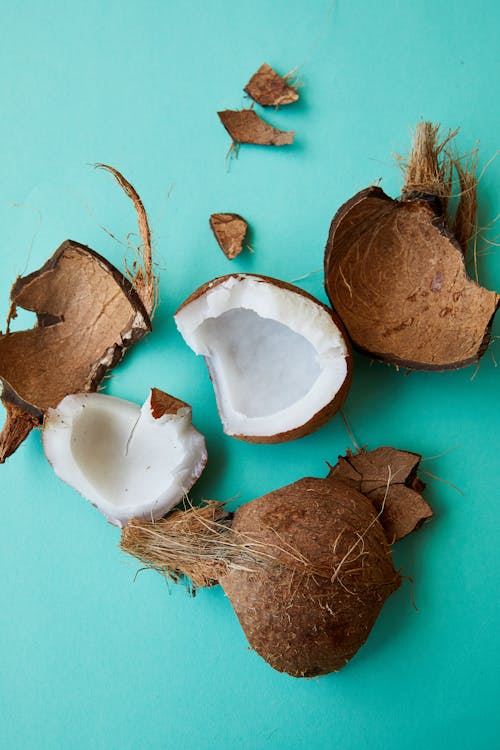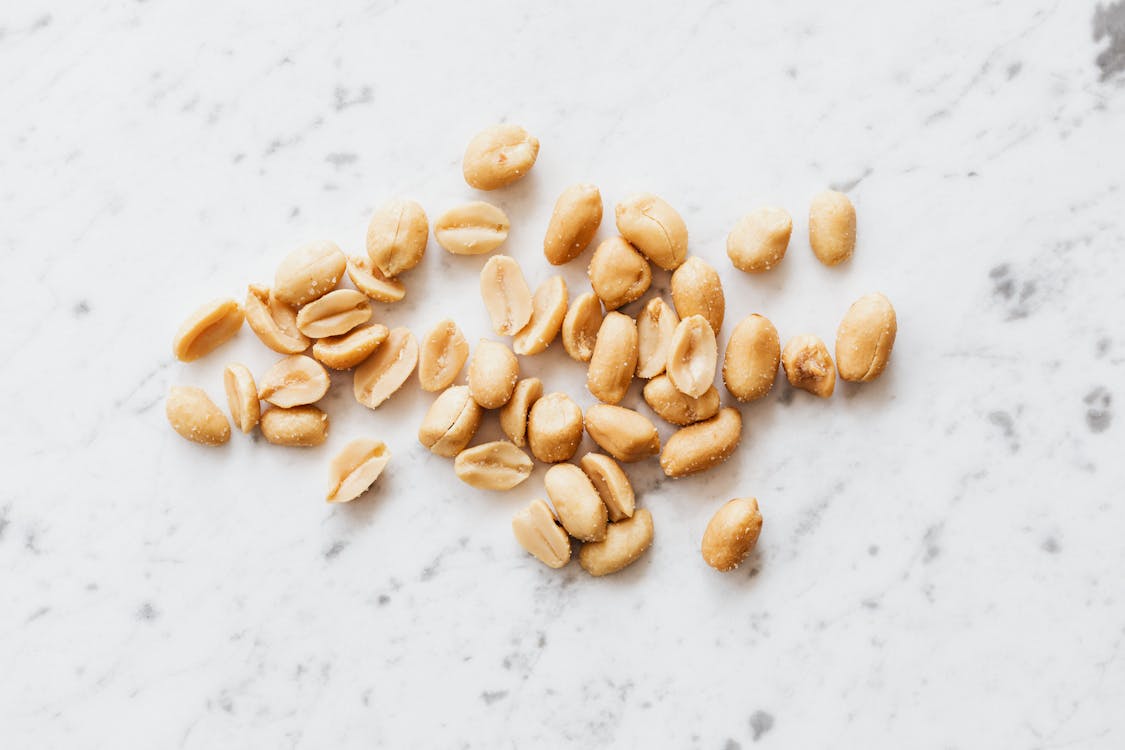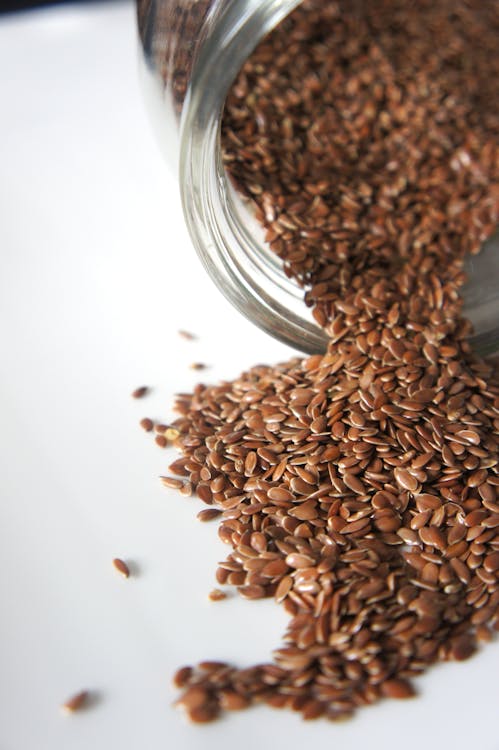What are fatty acids?
Fatty acids are the building blocks of the fat in human bodies. In order to be usable by the body, foods containing fats are broken down in the small intestine into smaller products called fatty acids.
These fatty acids are then transported across the wall of the small intestine into the blood to be used or stored for future purposes.
Fatty acids are usually joined together in groups of three, forming a structure called a triglyceride.Fatty acids are essential nutrients that play a crucial role in various bodily functions, including energy storage, hormone production, and cell membrane structure.
Classification of fatty acids
Fatty acids are classified based on the length of their carbon chains:
Short-chain fatty acids (SCFA)
SCFAs are the smallest fatty acids, containing up to 6 carbon atoms. They are primarily produced by gut bacteria through the fermentation of dietary fiber. Examples of SCFAs include acetic acid, butyric acid, and propionic acid.
Medium-chain fatty acids (MCFA)
MCFAs contain 6 to 12 carbon atoms. They are absorbed directly into the bloodstream from the gut and transported to the liver, where they are readily metabolized for energy. Examples of MCFAs include lauric acid, capric acid, and octanoic acid.
Long-chain fatty acids (LCFA)
LCFAs contain more than 12 carbon atoms. They are the most abundant type of fatty acid found in the diet and are stored in adipose tissue as energy reserves. Examples of LCFAs include palmitic acid, stearic acid, and oleic acid.
Table 1: Key differences between SCFAs, MCFAs, and LCFAs:
Health implications of the type of fatty acids eaten
The type of fatty acid consumed can have different metabolic effects and health implications. SCFAs are known for their anti-inflammatory properties and potential benefits in gut health and weight management.
MCFAs are often used in ketogenic diets to provide an alternative energy source for the brain.
LCFAs, when consumed in excess, can contribute to weight gain and cardiovascular risks.
It's important to maintain a balanced intake of different types of fatty acids for optimal health.
Replacing saturated and trans fats with healthier unsaturated fats, such as those found in fish, nuts, and seeds, can contribute to a well-rounded diet.
Understanding more about fats and their benefits
Although the words fats and fatty acids might conjure up a picture of obesity and other horrible diseases, the body actually needs them for many useful purposes which include
- insulating the body.
- storage of energy.
- production of energy.
- protecting body organs against shock.
- release of energy when blood glucose is depleted.
- building nerve tissue (including the brain and nerves).
- uptake of Vitamins A, D E and K from the small intestine into the blood. These are fat soluble vitamins because they can only be absorbed if there’s fat in a person’s diet.
- building hormones or substances which are made in structures called glands. Examples include testosterone in males and estrogen and testosterone in females.

Three types of fats/fatty acids in food sources
Three types of fats or fatty acids can be taken in via food sources. They are:
- Saturated fats/fatty acids.
- Monounsaturated fats/fatty acids.
- Polyunsaturated fats/fatty acids.
Saturated fats
Saturated fats/fatty acids originate from both animal fats and plant oils. They are usually solid at room temperature.
Food sources that are high in saturated fat
fatty cuts of meats.skin from poultry – remove the skin when cooking.full-fat dairy products like butter, milk, yogurt, cheese, and cream.Many takeaway foods and processed foods, such as pies, pastries, doughnuts, cakes, and biscuits.Plant sources include palm oil, coconut oil, and palm kernel oil.
Can bodybuilders use the saturated fatty acids in coconut oil?
Saturated fats or fatty acids are also found in tropical oils, like palm kernel or coconut oil. However, coconut oil possesses medium chain triglycerides or MCTs which are shorter than most other fats.
Additionally, coconut oil has been shown to have many beneficial effects such as:
- increasing the usage of fat in the body.
- killing harmful germs and protecting from disease.
- Reducing hunger thus helping individuals to reduce food intake. Increasing the good cholesterol or High-Density Lipoprotein or HDL. This is important in reducing heart disease.
- Improving the moisture content of the skin thus reducing symptoms of eczema.
Polyunsaturated and monounsaturated fats/fatty acids
Polyunsaturated and monounsaturated fats are usually liquid at room temperature. They are needed for good health and are better for bodybuilders.
Polyunsaturated and monounsaturated fats food sources include:
avocado.
nuts and seeds.
sunflower, olive, peanut and sesame oils.
some vegetable oils and margarine spreads.
oily fish, including salmon, sardines, blue mackerel and tuna.
The two major classes of polyunsaturated fatty acids (PUFAs) are:
- Omega-3 fatty acids.
- Omega-6 fatty acids.
Here are a few actions of Omega 3 fatty acids:
They are components of the phospholipids that form and maintain the structures of human building blocks aka cell walls and membranes.DHA, an Omega 3, is especially high in the retina of the eye, brain, and sperm.Omega-3s (along with Omega-6s) provide energy for the body.They help to reduce inflammation which is an underlying cause of disorders like asthma.They are important in reducing migraines.
Main sources of Omega-3 fatty acids:
Fish and Seafood: Cold-water fatty fish are particularly rich in omega-3 fatty acids, especially eicosapentaenoic acid (EPA) and docosahexaenoic acid (DHA), which are considered long-chain omega-3s. Some of the best sources include:
- Salmon: Salmon is a popular choice for omega-3s, particularly wild-caught salmon.
- Tuna: Tuna is another excellent source of omega-3s, especially canned light tuna.
- Sardines: Sardines are small, oily fish that are packed with omega-3s.
- Herring: Herring is a versatile fish that can be eaten canned, smoked, or fresh.
- Mackerel: Mackerel is a flavorful fish that is rich in omega-3s.
Algae: Algae, particularly algal oil, is a plant-based source of DHA, making it a suitable option for vegans or those who cannot consume fish.
Flaxseeds and Flaxseed Oil: Flaxseeds are a good source of ALA, the short-chain omega-3 fatty acid. Flaxseed oil is a concentrated source of ALA.
Chia Seeds: Chia seeds are another excellent source of ALA. They can be added to smoothies, yogurt, cereal, or baked goods.
Walnuts: Walnuts are a rich source of ALA, and they also contain healthy fats and fiber.
Soybeans and Soybean Oil: Soybeans and soybean oil are good sources of ALA. Soybeans can be eaten whole or processed into products like tofu, tempeh, and edamame.
Kale and Other Leafy Greens: Leafy greens like kale, spinach, and collard greens contain ALA, but in lower amounts compared to other sources.
It's important to note that the body can only convert a limited amount of ALA to EPA and DHA, so consuming some long-chain omega-3s from fish or algal oil is recommended for optimal health benefits.
Table 2: Omega-3 content of different food sources
Omega 6 fatty acids
Omega-6 fatty acids are a type of essential polyunsaturated fat, meaning the body cannot produce them on its own and they must be obtained from the diet. They play a crucial role in various bodily functions, including:
Cell membrane structure: Omega-6 fatty acids contribute to the structure of cell membranes, allowing for the passage of nutrients and waste products.
Eicosanoid production: Omega-6 fatty acids serve as precursors to eicosanoids, signaling molecules involved in inflammation, blood clotting, and immune function.
Brain function: Omega-6 fatty acids are essential for brain development and function, supporting memory, learning, and mood regulation.
Skin and hair health: Omega-6 fatty acids contribute to healthy skin and hair by maintaining moisture and preventing dryness.
Hormone production: Omega-6 fatty acids play a role in the production of hormones, such as prostaglandins and leukotrienes, which regulate various bodily processes.
The two main types of omega-6 fatty acids are linoleic acid (LA) and alpha-linolenic acid (ALA). LA is found in various plant oils and seeds, while ALA is found primarily in flaxseeds, chia seeds, and walnuts.
The body can convert ALA to EPA (eicosapentaenoic acid) and DHA (docosahexaenoic acid), which are long-chain omega-6 fatty acids with additional health benefits.
Omega-6 fatty acids are essential for overall health, and adequate intake is recommended. However, excessive consumption of omega-6 fatty acids may contribute to inflammation and chronic health conditions. Therefore, it is important to maintain a balance between omega-6 and omega-3 fatty acids in the diet.
Sources of Omega 6 fatty acids
Tips for maintaining a healthy balance of omega-6 and omega-3 fatty acids
Limit intake of processed foods: Processed foods often contain high levels of omega-6 fatty acids and low levels of omega-3 fatty acids.
Choose whole-grain sources of carbohydrates: Whole grains contain ALA, an omega-3 fatty acid.
Eat fatty fish: Fatty fish, such as salmon, tuna, and sardines, are excellent sources of EPA and DHA, long-chain omega-3 fatty acids.
Incorporate plant-based sources of omega-3s: Flaxseeds, chia seeds, and walnuts are good plant-based sources of ALA.
Consider omega-3 supplements: If you are unable to get enough omega-3 fatty acids from your diet, consider taking an omega-3 supplement.







